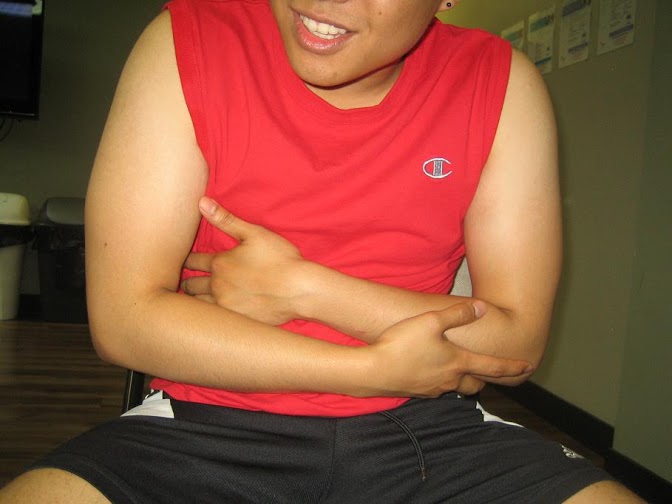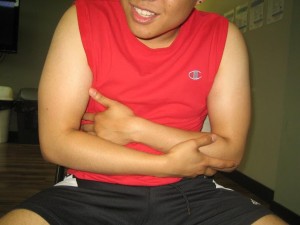It is important to note that sports hernia is a term that describes pain in the lower part of the abdomen or upper groin region. A sports hernia is considered as an overuse injury that results to torn, weakened or strained wall of the lower abdomen. An inguinal hernia is the most common type of hernia in which part of the intestines pushes through the abdominal wall. Take note that a sports hernia can be painful than an inguinal hernia but the hernia does not protrude via the wall.
How sports hernia develops
There are several theories on how a sports hernia develops, but the most common cause is overuse of the thigh and lower abdominal muscles. This results to weakness or a tear in the back muscle wall of the groin.
The injury is instigated by rapid movements, turning, twisting, bending forward, sprinting, kicking and performing sit-ups. In reality, the pain that manifests while performing sit-ups can indicate that sports hernia is present.
Who are at risk?
Due to the nature of certain sports such as tennis, hockey and soccer, these sports put an individual at high risk as well as running, hurdling or skiing. Take note that men are more likely to develop sports hernia than women but can develop to anyone.
What are the symptoms?
- Pain that develops in the lower abdomen, groin or testicles (males)
- Pain that typically affects only one side of the groin area
- Intense pain during acceleration, turning, twisting, coughing, lifting or sneezing
- Lower abdominal or groin pain that lasts for weeks or months
Lower abdominal or groin pain that lasts for weeks or months - Steady onset of symptoms among runners.
Initial treatment for sports hernia
- The individual should take a break for his/her sport and limit activities that trigger pain. If the individual continues to play despite the pain, it will only worsen the condition.
- Pain medications such as aspirin, naproxen and ibuprofen can be given to reduce the pain and inflammation.
- Apply an ice pack or cold compress for 15-20 minutes at 3-4 times throughout the day.
A doctor should be consulted if the injury instigates groin pain or the pain in the area manifested without any evident cause. In case these measures are not beneficial, surgery is the only solution. Just remember though that even surgery could not guarantee that the hernia will not develop again.
Returning to activity
The return to training or sports must be a gradual process. It is recommended to perform all the movements required in the sport without pain before resuming full training.
In case laparoscopy surgery is carried out, the recovery usually takes 2-6 weeks. As for open surgery, 2-6 months might be required.
Always bear in mind that muscle balance is the key to full recovery. Ensuring correct pelvic position, range of motion of the back and hip as well as muscle strength and length throughout the hips, trunk and pelvis is a must. Steady loading of the tissue to build up tissue tolerance to activity is the key. Remember that doing too much early can lead to overload of the tissue and only worsen the issue.


